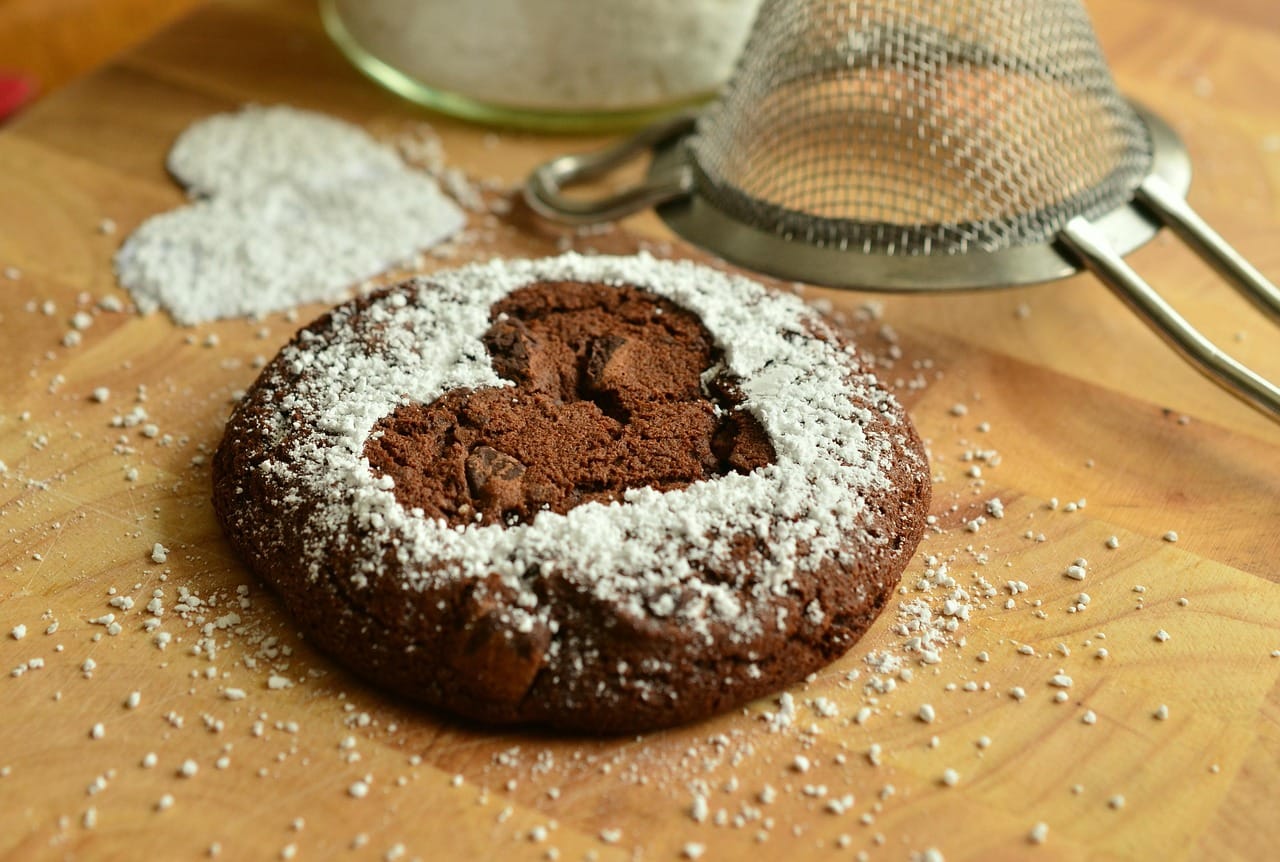A panini, that beautifully pressed and grilled sandwich, transcends mere lunch fare; it’s a culinary experience. From the satisfying crunch of the bread to the warm, melty filling, the panini offers a comforting and versatile meal option. But what exactly makes a panini a panini, and how can you create the perfect one at home? This guide explores the history, ingredients, techniques, and secrets behind crafting the ultimate pressed sandwich.
The History and Evolution of the Panini
Origins in Italy
The word “panini” is the plural of “panino,” which simply means “small bread roll” in Italian. While the concept of a sandwich, of course, predates Italy, the panini as we know it gained popularity in Milanese bars, or “paninoteche,” in the 1970s and 80s. These establishments offered a quick and tasty lunch option, catering especially to busy workers and students.
Historically, panini were often simple affairs, featuring ingredients like prosciutto, mozzarella, and tomato. However, the trend quickly evolved to include a wide array of fillings and flavor combinations.
The Panini Press Revolution
The panini’s rise to international fame coincides with the widespread availability of the electric panini press. This appliance, with its heated plates, allows for even cooking and that signature flattened, grilled appearance. Prior to the panini press, sandwiches were often pressed using skillets or other makeshift methods, yielding less consistent results.
The accessibility of the panini press has empowered home cooks and restaurateurs alike to experiment with creative fillings and refine the art of the perfect panini.
Essential Ingredients for a Great Panini
Bread Selection
The foundation of any great panini is, undoubtedly, the bread. The ideal bread should be sturdy enough to withstand the pressing and grilling process without becoming soggy or falling apart. It should also have a pleasant texture and flavor that complements the fillings.
- Ciabatta: A classic choice, known for its airy interior and slightly chewy crust.
- Focaccia: Offers a richer flavor and a softer texture, perfect for showcasing flavorful fillings.
- Baguette: Provides a satisfying crunch and a traditional sandwich feel. Choose a slightly wider baguette for easier filling.
- Sourdough: Adds a tangy flavor dimension to your panini.
Avoid breads that are too soft or delicate, as they may become crushed under the pressure of the panini press.
Choosing the Right Fillings
The possibilities for panini fillings are virtually endless! Consider flavor combinations, textures, and the melting qualities of your chosen ingredients. Remember the best panini have a good balance of salty, savory, and sometimes even sweet components.
- Cheeses: Mozzarella, provolone, fontina, and Gruyère are excellent choices for their melting properties.
- Meats: Prosciutto, salami, grilled chicken, roasted turkey, and thinly sliced steak work well.
- Vegetables: Roasted peppers, grilled zucchini, sautéed mushrooms, caramelized onions, and fresh spinach add flavor and texture.
- Spreads: Pesto, tapenade, aioli, and balsamic glaze can enhance the flavor profile of your panini.
Example Fillings:
- Classic Italian: Prosciutto, mozzarella, tomato, pesto.
- Chicken Pesto: Grilled chicken, pesto, provolone, roasted red peppers.
- Vegetarian Delight: Grilled zucchini, eggplant, provolone, balsamic glaze.
Mastering the Panini Press Technique
Preparing the Sandwich
Before placing your panini in the press, it’s essential to properly prepare it to ensure even cooking and optimal flavor distribution.
- Lightly Butter or Oil the Bread: This helps to create a golden-brown, crispy crust. Use softened butter or olive oil.
- Layer Ingredients Evenly: Distribute the fillings uniformly to avoid any uneven hot spots.
- Don’t Overfill: Overfilling can prevent the panini from pressing properly and may cause ingredients to spill out.
Using the Panini Press
The key to a perfectly pressed panini lies in proper technique and timing. The temperature of your panini press is critical. Too hot and the bread will burn before the cheese melts. Too cold, and the bread will be soggy.
- Preheat the Panini Press: Allow the press to heat up completely before adding the sandwich.
- Place the Sandwich Carefully: Center the panini on the bottom plate.
- Apply Gentle Pressure: Close the lid of the press gently. Avoid pressing down too hard, as this can crush the sandwich.
- Cook for 3-5 Minutes: Cook until the bread is golden brown and the cheese is melted and gooey. Cooking time will vary depending on the thickness of the sandwich and the temperature of the press.
- Check for Doneness: Use a spatula to carefully lift the panini and check for browning and melting.
Pro Tip: For a particularly crispy crust, brush the outside of the bread with melted butter or olive oil after pressing, then return the panini to the press for an additional minute.
Alternative Pressing Methods
If you don’t have a panini press, don’t despair! You can still achieve similar results using a skillet and a heavy object, such as a cast-iron skillet or a brick wrapped in foil.
- Heat a Skillet: Heat a skillet over medium heat.
- Place the Sandwich in the Skillet: Place the sandwich in the skillet and cover with a second skillet or a heavy object.
- Cook for 3-5 Minutes per Side: Cook until the bread is golden brown and the cheese is melted, flipping the sandwich halfway through.
Tips and Tricks for the Perfect Panini
Flavor Combinations
Experiment with different flavor combinations to discover your personal favorites. Don’t be afraid to get creative!
- Sweet and Savory: Combine sweet ingredients like fig jam or caramelized onions with savory elements like prosciutto and goat cheese.
- Spicy: Add a kick with ingredients like pepper jack cheese, jalapenos, or sriracha mayo.
- Herby: Use fresh herbs like basil, rosemary, or thyme to add a burst of flavor.
Ingredient Preparation
Proper ingredient preparation is essential for creating a delicious panini. Many vegetables, like onions and mushrooms, benefit from being pre-cooked before assembly. This ensures they are tender and flavorful.
- Roast Vegetables: Roasting brings out the natural sweetness of vegetables like peppers, zucchini, and eggplant.
- Caramelize Onions: Caramelized onions add a rich, sweet flavor that complements many fillings.
- Thinly Slice Ingredients: Thinly sliced ingredients cook more evenly and create a more cohesive sandwich.
Serving Suggestions
Serve your panini hot and fresh for the best flavor and texture. Pair them with a simple side salad, soup, or chips for a complete meal.
- Side Salad: A light and refreshing salad with a vinaigrette dressing complements the richness of the panini.
- Soup: Tomato soup, minestrone, or butternut squash soup are classic pairings.
- Chips: Potato chips, tortilla chips, or sweet potato fries offer a satisfying crunch.
Conclusion
The panini, more than just a sandwich, is a canvas for culinary creativity. By understanding its history, mastering the techniques, and experimenting with flavors, you can create panini that are both delicious and satisfying. So, fire up your panini press (or skillet!) and embark on a journey to panini perfection. The possibilities are endless, and the rewards are delicious.




